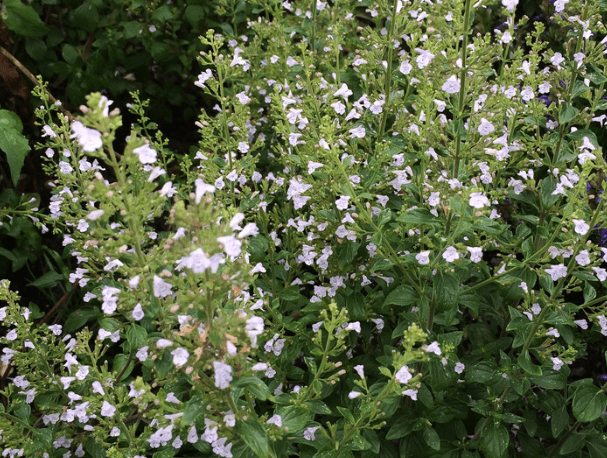
Description
Calamintha nepeta is a perennial herb belonging to the mint family that grows bushy and rhizomatous, and is indigenous to Europe and the Mediterranean region. Depending on the species, calamint can reach heights of 30 to 60 cm and possess rhizomatous roots. It looks a lot like catmint (Nepeta). On square, downy-haired stems, opposite, sharply oval, hairy leaves with marginal teeth to sharp serrations sprout.
Habitat
Calamint is a delicate, little perennial flower that grows well in USDA hardiness zones 5 through 7. It is native to Africa, Asia, and parts of Europe.
Uses
The herb calamint is bushy. The fragments that grow above ground are used to flavor meals and produce medicines. There is no solid scientific evidence to support the use of calamint for diseases such as gout, insomnia, depression, seizure disorder (epilepsy), and airway infections.

Varieties
Among the most popular types are the following:
Calamintha nepeta: Often referred to as little calamint, this kind is among the most widely used. It spreads quickly, produces a pleasing odor, and has an abundance of flowers. Though they occasionally turn blue or purple, the blossoms are mostly white.
Calamintha grandiflora: Known by another name, mint savory, this varietal boasts bigger blossoms than the majority of other species within the genus. It has delicious-smelling foliage that is variegated.
Calamintha sylvatica: This lavender-colored cultivar yields a very aromatic tea and is tolerant to higher temperatures.
Plant Care
- Light
Choose a location for your calamint plants that receives six to eight hours of direct sunlight per day. Nevertheless, calamint can also withstand some shade, particularly in the hot summer months. Your plant will probably do alright if it is placed in an area that gets afternoon shade.
- Soil
Calamint is well known for its ability to grow in almost any type of soil; it is not affected negatively by infertile, gravelly, loamy, or sandy soil types. In order to avoid root rot and other illnesses, the only really crucial element is that the soil in which it is planted has excellent drainage.
- Water
Although calamint likes to be kept continuously damp, it can withstand spells of drought remarkably well. After the top inch of soil dries out, you should continue to give your calamint a moderate irrigation to avoid stress in extended drought conditions. Still, overwatering is a more serious issue. The roots of calamint trees dislike standing water and are susceptible to root rot if they are kept wet for an extended period of time without being allowed to dry out.
- Temperature and Humidity
If your winters are cold, calamint can be a good choice for your garden. They can endure below-freezing conditions because they are comparatively resilient. But intense heat or humidity aren’t good for this plant, so you might need to adjust your care practices a little bit—more shade or more regular watering, for example.
- Fertilizer
Your calamint won’t require fertilization unless it is planted in extremely infertile soil. A single springtime application of a balanced fertilizer may assist boost plant vigor if your soil is very nutrient-deficient.
Table





